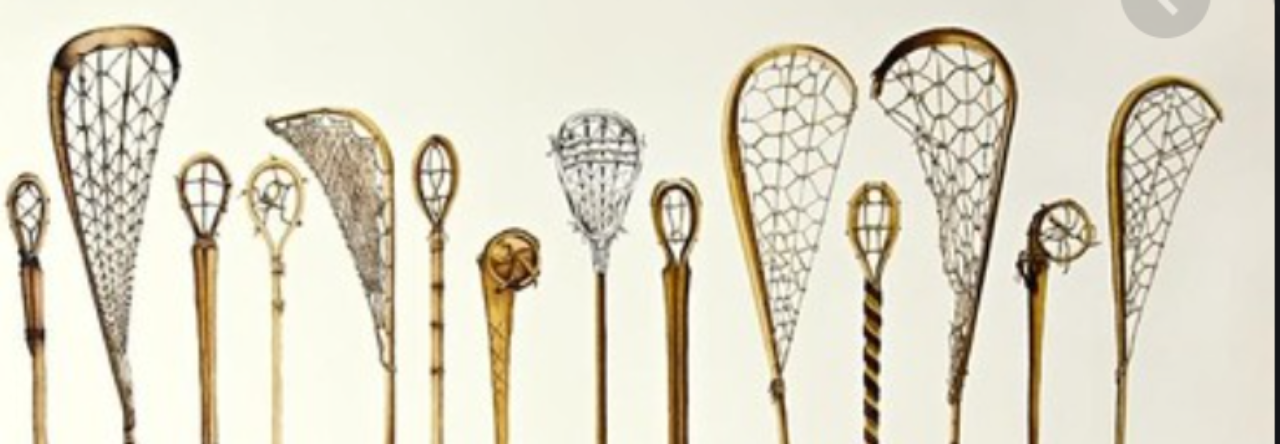Educators implement effective planning, instruction, assessment and reporting practices to create respectful, inclusive environments for student learning and development.
I can demonstrate this standard when creating lessons, I tend to rely on researching the big ideas in the curriculum and expand from this starting point. My planning process contains step by step outlines of lessons that are detailed by time increments. Each lesson plan includes options for differentiation based on the students that I will be teaching, criteria for assessment, and a reflection portion to follow the lesson. I was always trying to improve which would mean a quick reflection at the end of each lesson and then again at the end of the day to refocus myself for the next time.
I tried my best to set reasonable goals for each lesson to focus on and then follow with reflection on those goals. I found that this helped me to focus myself and allow me to improve specifics and weaknesses rather than attempting to perfect the entirety of my practice.
By scaffolding my learning as an educator, I can provide a better-quality education for my students. By starting with what summative demonstrations of learning would show “indicators of proficiency” in meeting the learning goals. being mindful of these demonstrations or summative assessments will never measure all points of learning built on during continuum, that is the functions of the formative assessment. The teacher needs to then clarify the learning continuum that will culminate in demonstrations that show said proficiency. Plan backwards that will attend to the details of the learning implied by the learning goal. This will help to identify which sub goals of the students that are needed to be attending to by the teacher and in which order they are best combined for proficiency to be demonstrated by all learners. Now we can begin planning for and expecting change as for our formative assessments. Trusting that it will be ok to revise and review or shift instruction as response to observation and formative assessment data. We are now ready to access the learning via our identified point of entry and progress through sub skills needed using our formative assessments to inform our instructions and clearly identifying the skills/concept development and summative assessment end goals to the learners before you begin the instruction so that they information is easily understandable.
I believe that assessment should be used as a tool for learning–what are my strengths and what are my stretches? where are we? and where do I as an educator need to go to get my students where they need to be.
I plan on refining my assessment practices as I grow as an educator. I am still learning and feel that I was not fully prepared for assessment. I worked hard with my coaching teacher to adopt and personalize some of their assessment strategies so that I had something that would work for me. I also found it valuable to check in with students and see how they were feeling about the assessment I was implementing.
Below is a model I was shown during my 2nd Year at UNBC in, and although it may be hard to see but it splits up the season over the course of the year and all shows where each month can fall into teaching a connection to self, a connection others and connection to place and land. I like to use this to help me stay humble and make meaningful connections with my learners.

